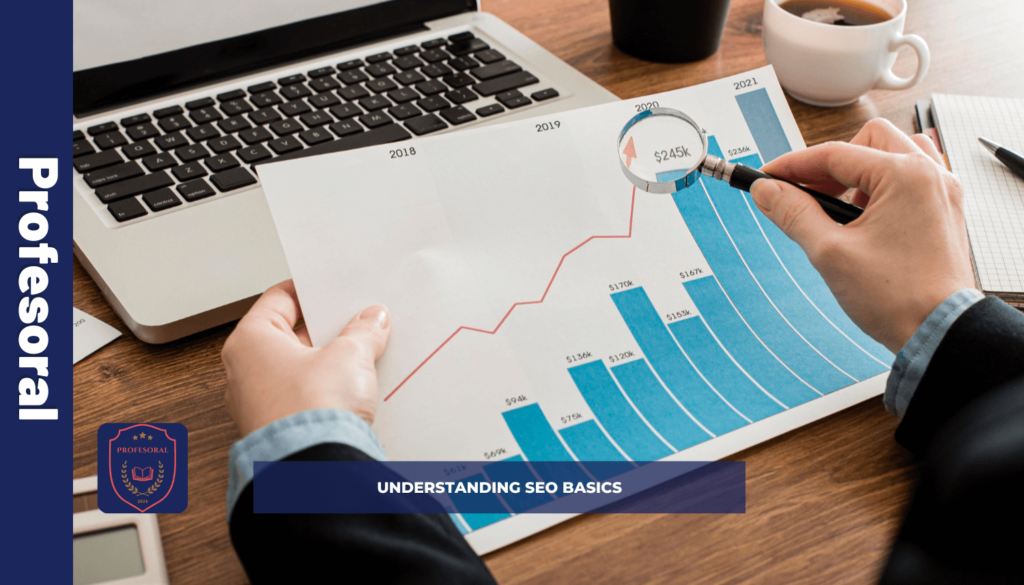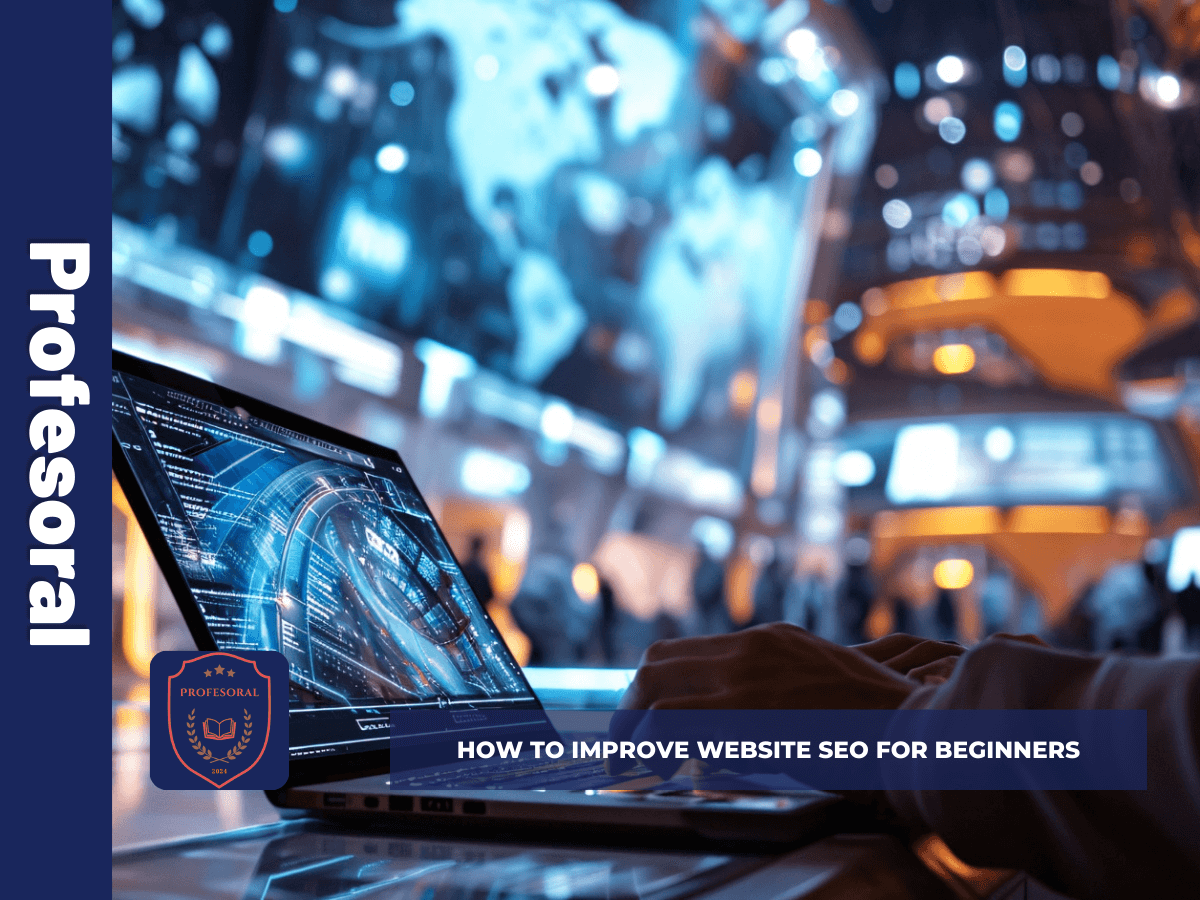In the digital age, having a website is essential for businesses and individuals alike. However, simply having a website isn’t enough; you need to ensure that it can be found by your target audience. This is where Search Engine Optimization (SEO) comes into play. SEO is the practice of optimizing your website to rank higher in search engine results pages (SERPs), thereby increasing organic traffic. For beginners, SEO can seem daunting, but with the right guidance, you can start improving your website’s SEO effectively. This guide will walk you through the basics of SEO and provide actionable steps to get you started.

1. Understanding SEO Basics
Search Engines and How They Work:
Search engines like Google, Bing, and Yahoo use algorithms to crawl, index, and rank web pages. Understanding how these processes work is crucial for effective SEO.
- Crawling: Search engines use bots (also known as spiders or crawlers) to scan the web for content.
- Indexing: Once a page is crawled, it is stored in the search engine’s database, known as the index.
- Ranking: When a user performs a search, the search engine sorts through its index to provide the most relevant results.
Keywords:
Keywords are the terms and phrases that users type into search engines. Identifying and using the right keywords in your content is a fundamental aspect of SEO.
2. Conducting Keyword Research
Keyword research involves finding the terms your potential visitors use when searching for information related to your site. Here’s how to do it:
- Brainstorm Topics: Think about the main topics related to your website. For example, if you have a baking blog, topics might include recipes, baking tips, and kitchen equipment.
- Use Keyword Tools: Utilize tools like Google Keyword Planner, Ubersuggest, or Ahrefs to find popular keywords related to your topics.
- Analyze Competitors: Look at the keywords your competitors are ranking for. This can provide insight into what works in your industry.
Example:
If your website is about healthy eating, some long-tail keywords might include “healthy breakfast recipes for weight loss” or “quick and healthy lunch ideas.”
3. Optimizing On-Page SEO
Title Tags and Meta Descriptions:
- Title Tag: This is the title of your web page that appears in the search engine results. It should be compelling and include your main keyword.
- Meta Description: A brief summary of your page content that appears under the title tag in search results. It should be informative and include your main keyword.
Example:
For a blog post about healthy breakfasts, your title might be “10 Healthy Breakfast Recipes for Weight Loss” and the meta description could be “Discover 10 quick and delicious breakfast recipes to help you lose weight and stay energized throughout the day.”
Header Tags:
Use header tags (H1, H2, H3, etc.) to structure your content. The H1 tag should include your main keyword and each subsequent header should break down your content into sections.
Example:
- H1: Healthy Breakfast Recipes for Weight Loss
- H2: Benefits of a Healthy Breakfast
- H2: Top 10 Recipes
- H3: Avocado Toast
- H3: Smoothie Bowls
Content Optimization:
- Quality Content: Ensure your content is informative, engaging, and relevant to your audience.
- Keyword Placement: Naturally incorporate your main keyword and related keywords throughout your content, especially in the first paragraph, headers, and conclusion.
- Internal Linking: Link to other relevant pages on your website to keep users engaged and improve your site’s navigation.

4. Enhancing Technical SEO
Website Speed:
A fast-loading website provides a better user experience and is favored by search engines. Use tools like Google PageSpeed Insights to check your site’s speed and get recommendations for improvement.
Mobile Optimization:
With the increasing use of mobile devices, it’s crucial to ensure your website is mobile-friendly. Use responsive design to make your site look good on all devices.
SSL Certificate:
Secure your website with an SSL certificate (https://). This not only protects your users but also boosts your SEO as search engines prioritize secure sites.
XML Sitemap:
Create an XML sitemap to help search engines understand the structure of your website and index your pages more effectively.
5. Building Quality Backlinks
Backlinks are links from other websites to your site. They signal to search engines that your content is valuable and trustworthy.
- Guest Blogging: Write articles for other reputable websites in your industry and include a link back to your site.
- Outreach: Reach out to bloggers, influencers, and websites in your niche to request backlinks.
- Create Shareable Content: High-quality, informative, and unique content is more likely to be shared and linked to by others.
6. Tracking and Analyzing Performance
Use tools like Google Analytics and Google Search Console to track your website’s performance. Monitor metrics such as organic traffic, bounce rate, and keyword rankings to understand what’s working and where you need to improve.
Example:
If you notice a particular blog post is driving a lot of traffic, analyze what you did right (keywords, content structure, promotion) and apply those strategies to other posts.
Conclusion
Improving your website’s SEO is a continuous process that involves understanding search engine algorithms, conducting keyword research, optimizing on-page and technical aspects, building backlinks, and monitoring performance. By following these steps, beginners can make significant strides in enhancing their website’s visibility and driving organic traffic. Remember, SEO is a long-term strategy, so be patient and consistent with your efforts.

